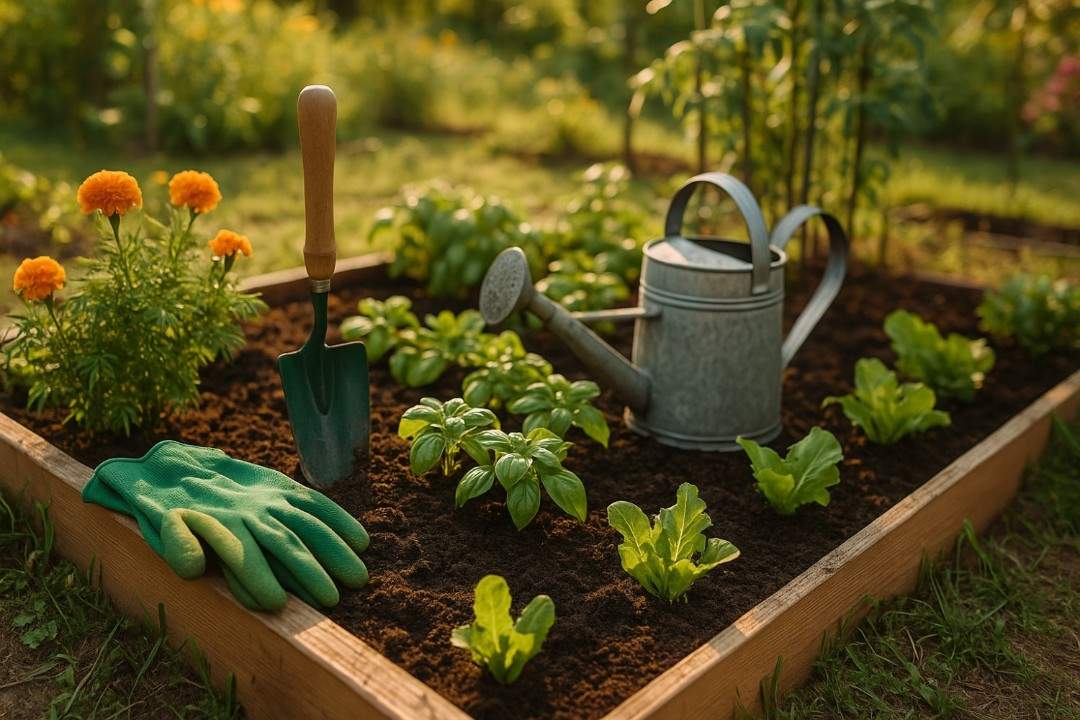Gardening can seem intimidating at first, but it doesn’t have to be. Whether you have a big backyard or just a sunny windowsill, growing your own plants can be one of the most rewarding ways to connect with nature, de-stress, and enhance your living space.
With just a little bit of planning, a willingness to learn, and some hands-on practice, you’ll be amazed at how quickly your green thumb develops. Let’s dive into some straightforward tips that will set you up for gardening success from the very start.
1. Start Small and Choose the Right Location
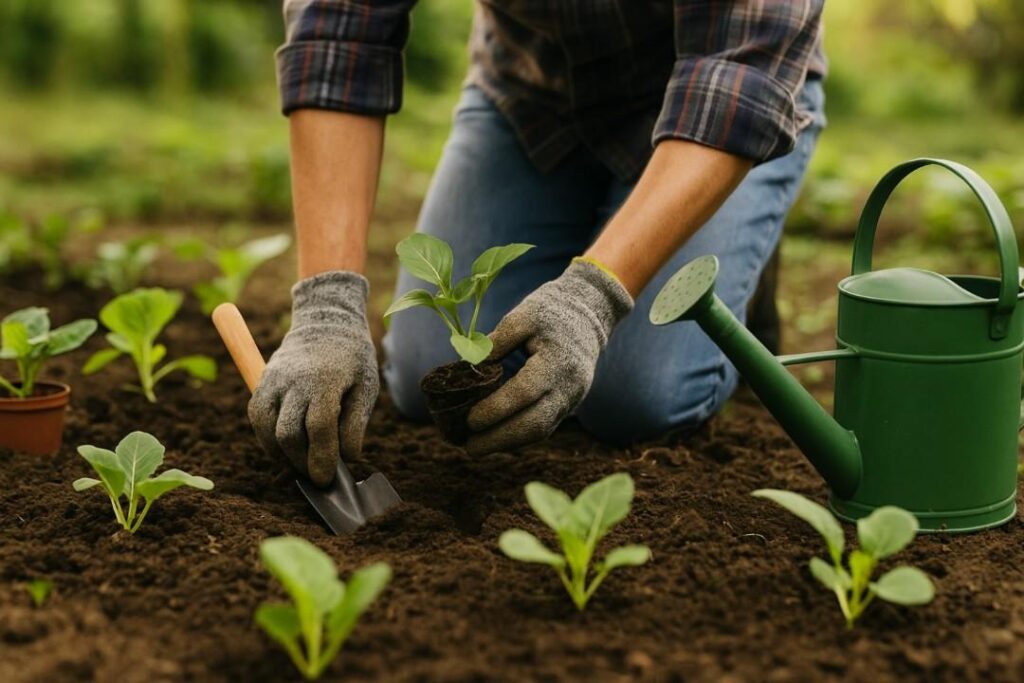
When starting a garden, it’s tempting to go big. But beginning with a small, manageable space—such as a few containers or a modest raised bed—makes the process less overwhelming and helps you focus on learning the basics.
Choose a spot that gets at least six hours of sunlight a day, as most vegetables and flowers thrive in well-lit environments. Observe how sunlight moves through your space before planting. Starting small also helps minimize costs and maintenance, reducing the chance of frustration. As you gain experience, you can expand your garden with confidence.
2. Get to Know Your Soil
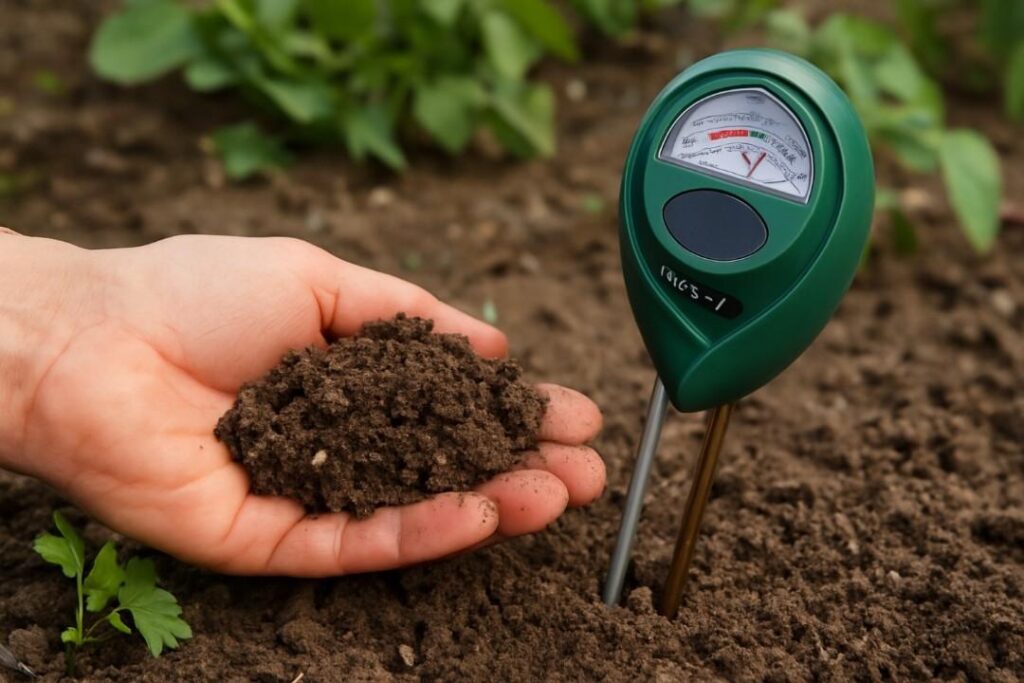
Soil quality can make or break your garden. Take time to understand what you’re working with—whether it’s sandy, clay, or loamy. Quality soil fosters robust root development and enhances nutrient absorption. You can test your soil using a simple DIY test or a professional soil kit from a local garden center.
Once you know your soil’s texture and pH, you can amend it with organic matter like compost to improve structure and fertility. Healthy soil is the foundation for robust plants, so don’t skip this step.
3. Pick Easy-to-Grow Plants

For those just starting out, choose plants that are known for their resilience and ease of care. Herbs like basil and mint, vegetables such as lettuce and radishes, and flowers like marigolds and sunflowers are great beginner-friendly options.
They have shorter growth cycles and are forgiving of minor mistakes. Native plants are often hardier and require less maintenance, making them excellent for first-timers. Starting with seeds or small starter plants from a local nursery can boost your confidence as you see quick results.
4. Water Wisely and Consistently
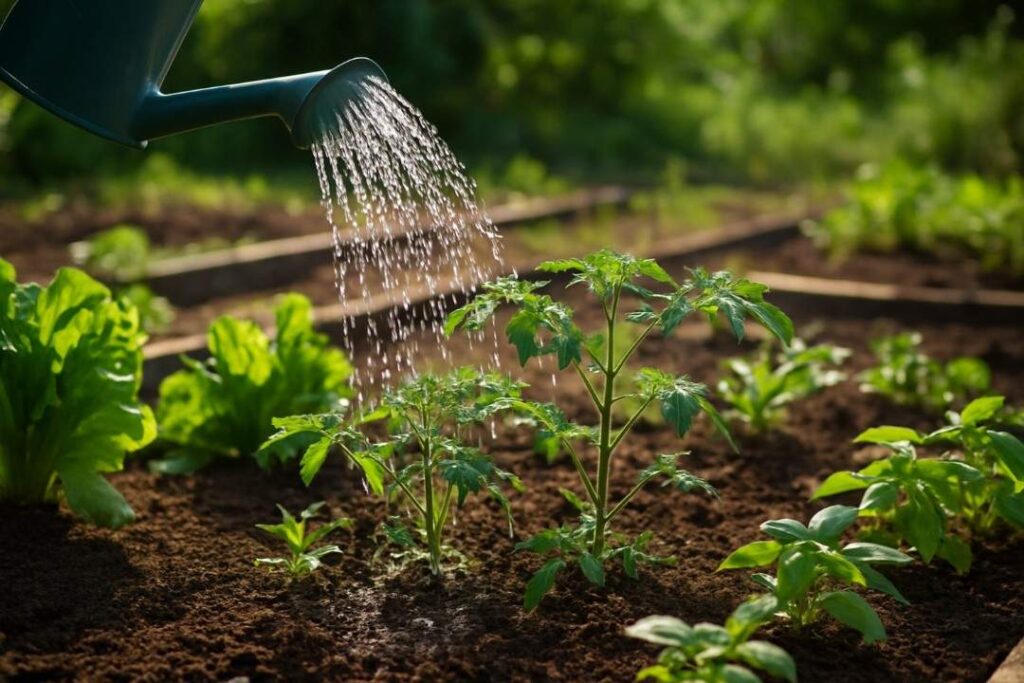
Water is essential, but overwatering or underwatering are common mistakes. Establish a consistent schedule, preferably in the early morning, which helps prevent evaporation and fungal diseases. The amount of water needed depends on the plant type, weather, and soil.
Stick your finger into the soil; if it feels dry about an inch below the surface, it’s time to water. Drip irrigation or soaker hoses can be more efficient than overhead sprinklers. Mulching around your plants can help retain moisture, reducing the frequency of watering.
5. Use Mulch to Your Advantage
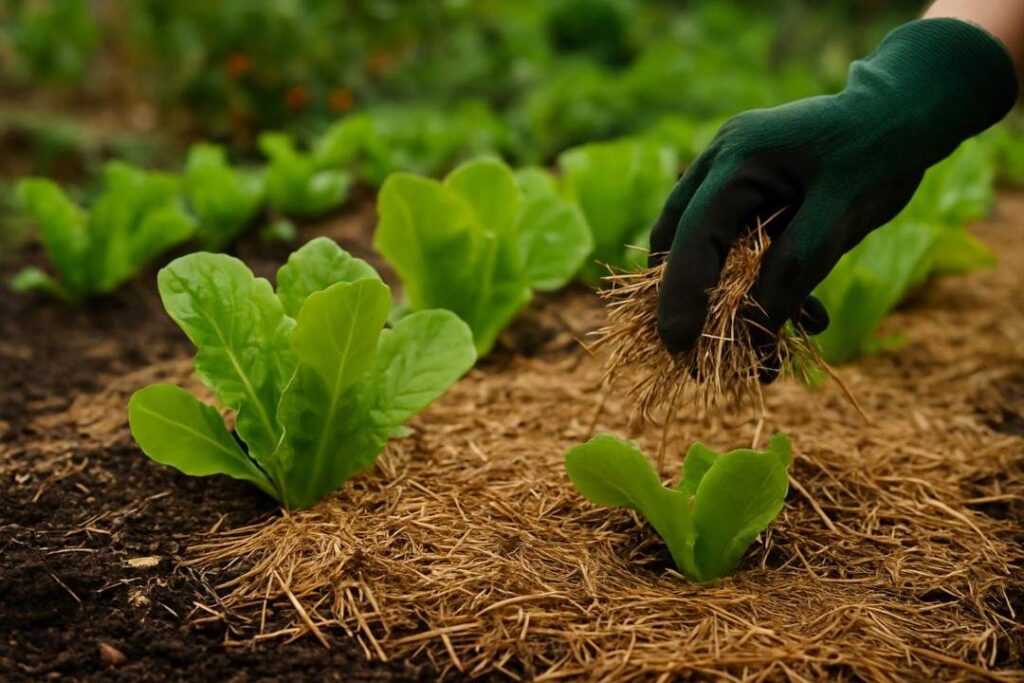
Mulch isn’t just for looks; it serves several vital functions in a garden. Spreading organic mulch—like shredded bark, straw, or compost—helps retain soil moisture, suppresses weeds, and regulates soil temperature.
As time goes on, it also decomposes, enhancing the soil with essential nutrients. Mulch is especially useful for beginners because it reduces the amount of watering and weeding needed. Be careful not to pile mulch too close to plant stems, as this can promote rot.
6. Feed Your Plants with the Right Fertilizer
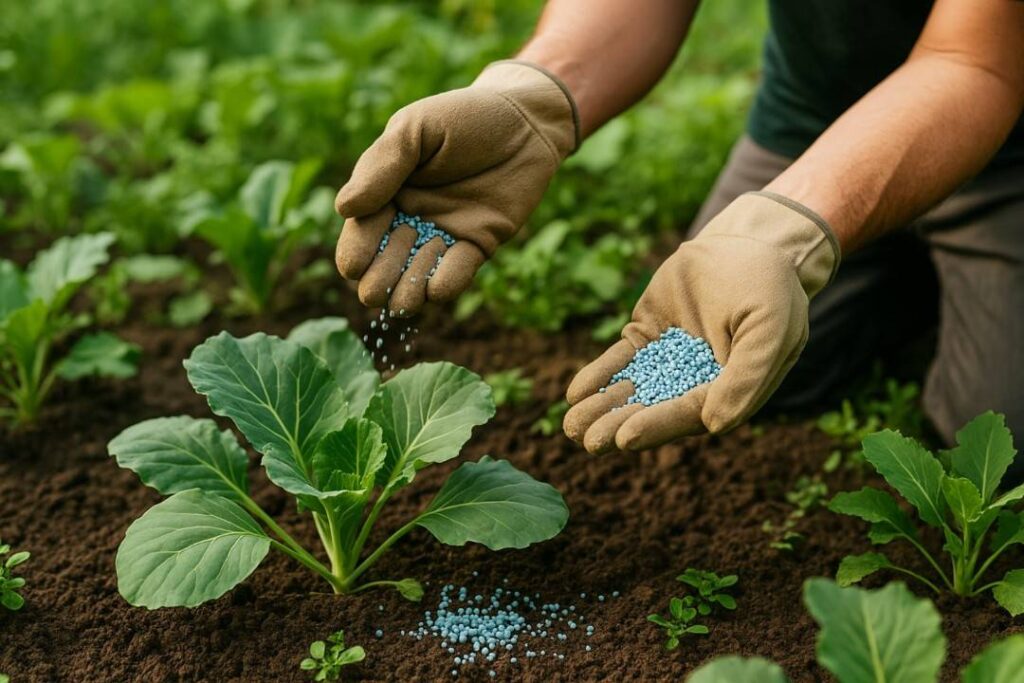
Plants need more than just sunlight and water—they also require nutrients. Using the correct fertilizer ensures that your plants get the nourishment they need to grow strong and healthy. Organic options, such as compost or well-rotted manure, are beginner-friendly and environmentally friendly.
Synthetic fertilizers can provide a quick boost but should be used according to package instructions to avoid over-fertilizing, which can harm plants. Regularly feeding your plants based on their specific needs can dramatically improve your harvest and blooms.
7. Control Weeds Early and Often
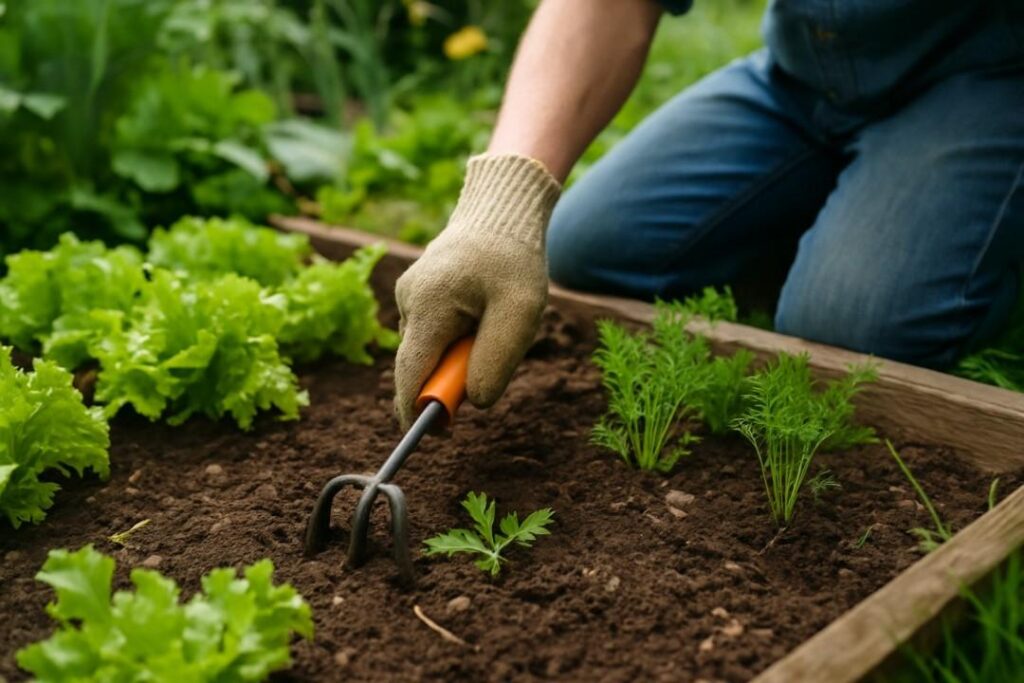
Weeds compete with your plants for water, nutrients, and light. Tackling weeds when they’re small makes removal much easier and prevents them from going to seed and spreading. Regularly inspect your garden and pull weeds by hand or with a hoe.
Mulching, as mentioned before, can also significantly reduce weed growth. For persistent or aggressive weeds, consider using landscape fabric or organic weed killers. Early intervention means less work in the long run and healthier plants overall.
8. Encourage Beneficial Insects
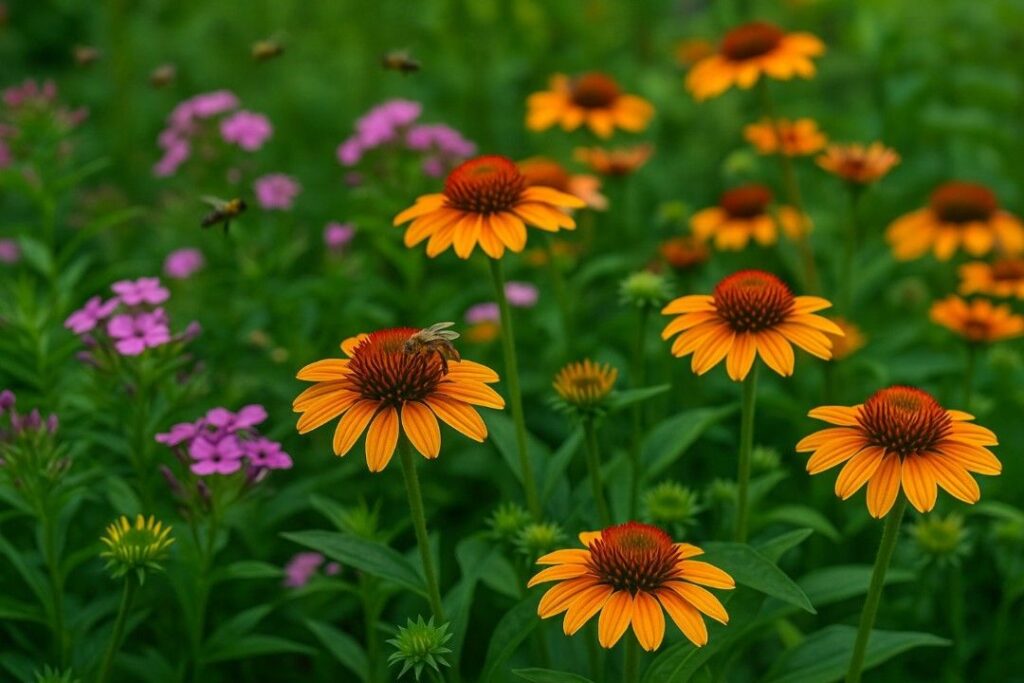
Not all bugs are bad for your garden. Ladybugs, bees, and lacewings are just a few examples of insects that help control pests or pollinate your plants. Avoid using broad-spectrum pesticides, as these can harm beneficial insects along with the pests.
Instead, attract helpful bugs by planting a variety of flowers, especially native species, and providing habitats like small piles of stones or logs. Encouraging a balanced ecosystem in your garden can naturally reduce pest problems and improve yields.
9. Prune for Health and Shape
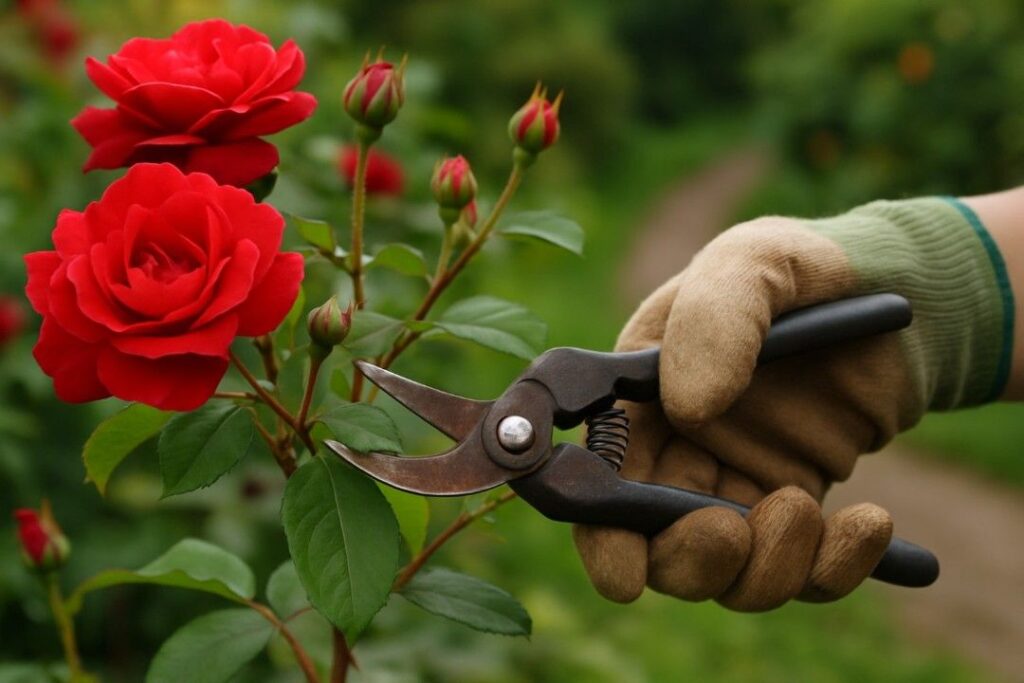
Pruning is more than just cutting back overgrown branches. It helps remove dead or diseased growth, encourages better airflow, and shapes plants for optimal growth and appearance. The best time and technique depend on the plant, but most benefit from regular, gentle pruning.
For fruiting plants, proper pruning can also boost yield and reduce the risk of disease. Use clean, sharp tools to prevent the spread of pathogens, and don’t be afraid to trim—plants often bounce back stronger.
10. Keep a Garden Journal
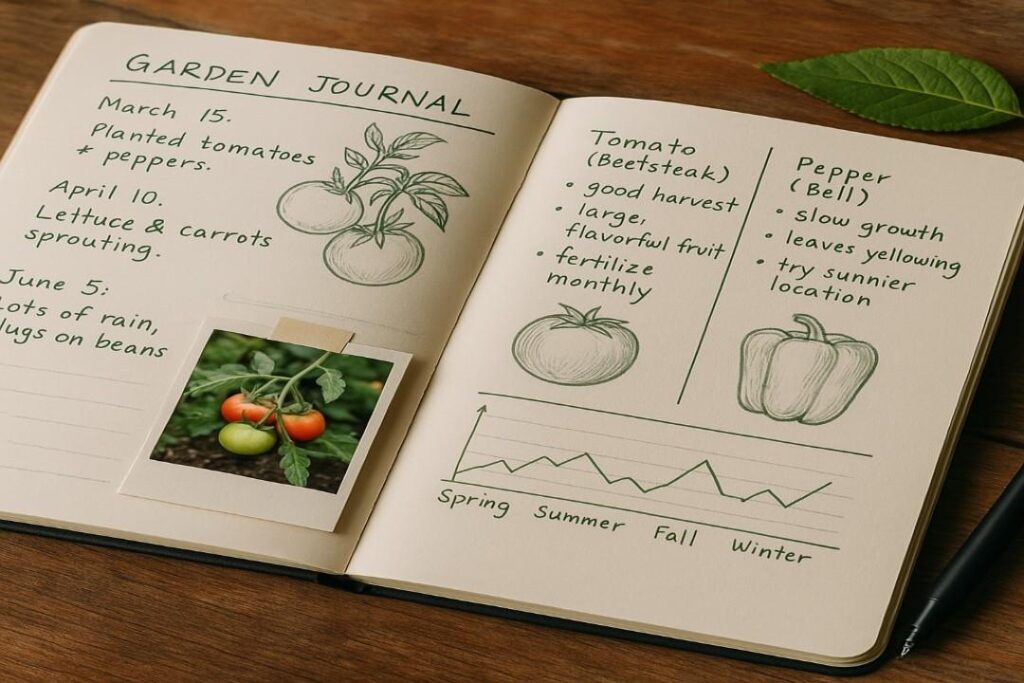
Tracking your gardening progress can make a big difference over time. Record what you plant, where you plant it, how it grows, and any challenges you encounter. Note changes in weather, watering schedules, and the success or failure of different plants.
Over the seasons, this journal will become a valuable resource for learning what works best in your unique environment. Many gardeners use simple notebooks, while others prefer digital apps. Keeping records helps you avoid repeating mistakes and celebrate your successes.

